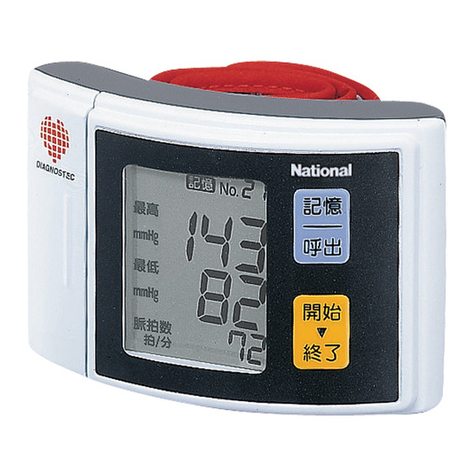Panasonic EWBU04 User manual
Other Panasonic Blood Pressure Monitor manuals
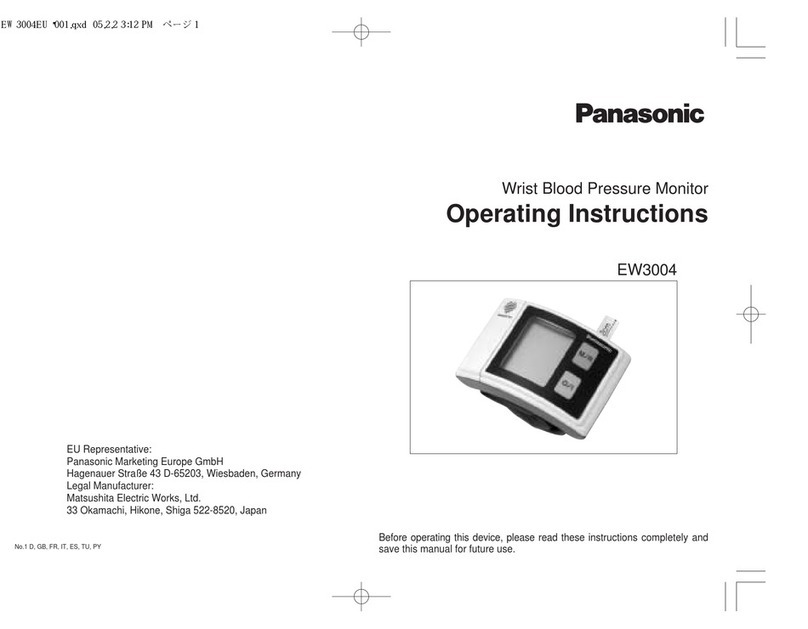
Panasonic
Panasonic EW3004 User manual

Panasonic
Panasonic DIAGNOSTEC EW-BU55 User manual

Panasonic
Panasonic EW254 - ARM BP MONITOR User manual

Panasonic
Panasonic EW-BU35 User manual

Panasonic
Panasonic ew3122s User manual

Panasonic
Panasonic EW280W Operating User manual
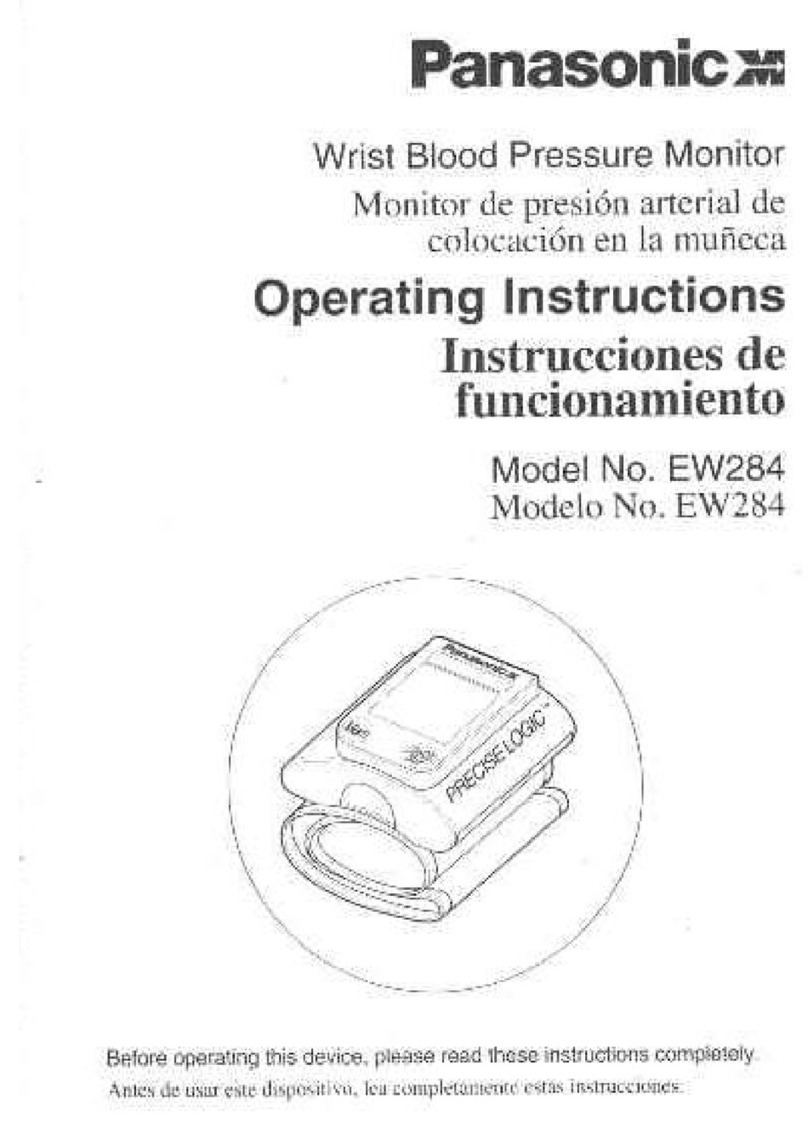
Panasonic
Panasonic EW284 - WRIST BP MONITOR User manual
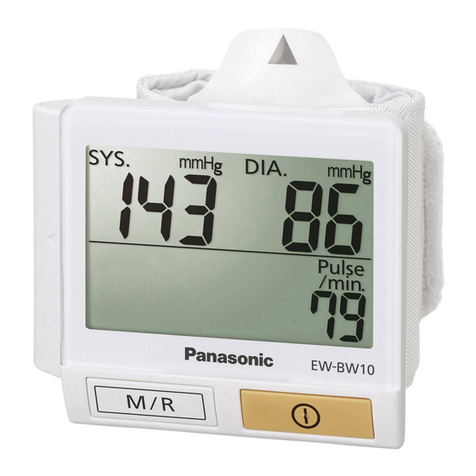
Panasonic
Panasonic EW-BW10 User manual
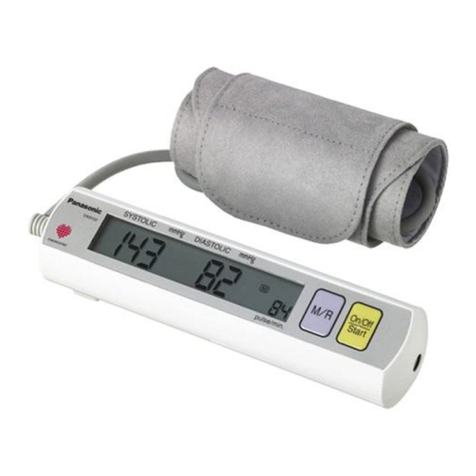
Panasonic
Panasonic EW254 - ARM BP MONITOR User manual
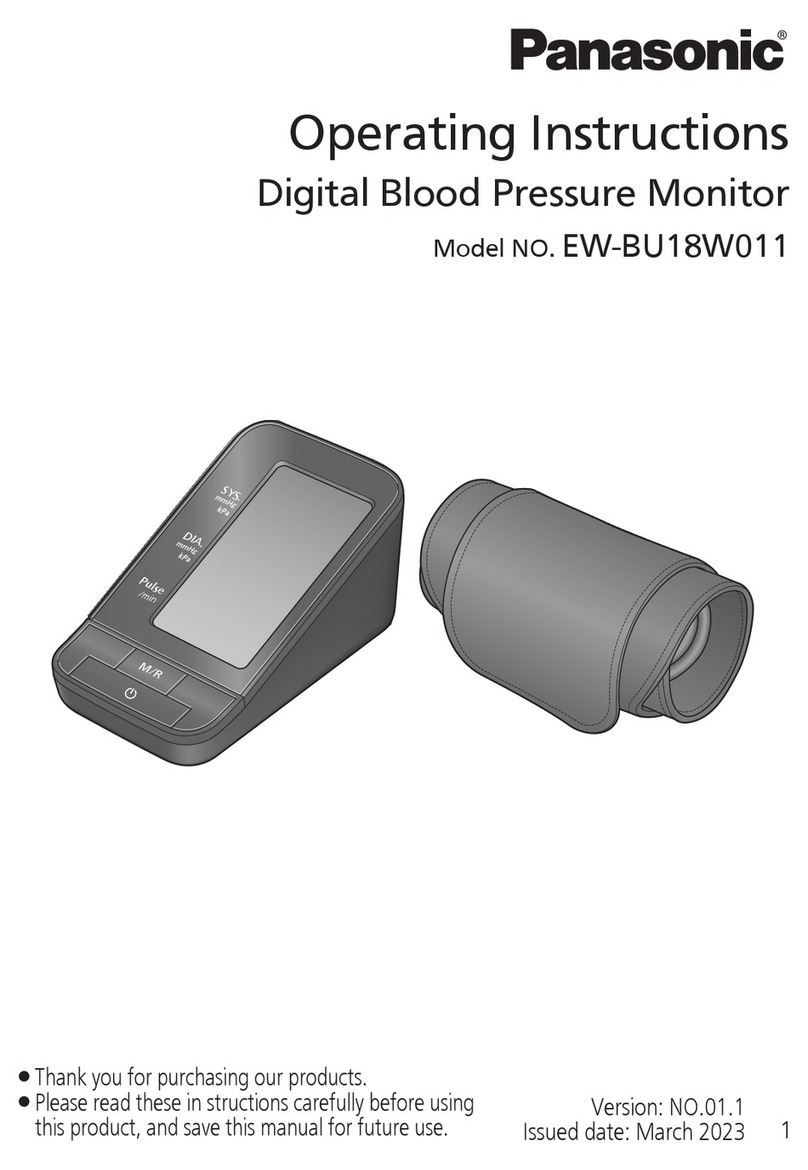
Panasonic
Panasonic EW-BU18W011 User manual
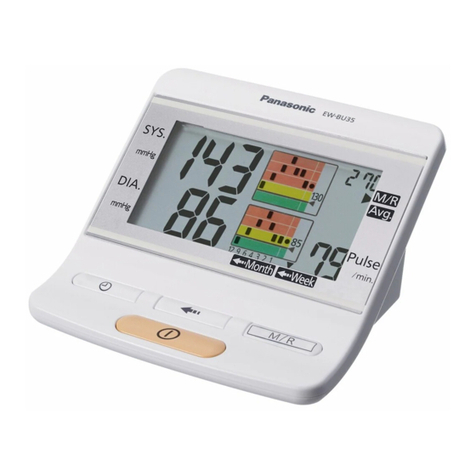
Panasonic
Panasonic EW-BU35W User manual
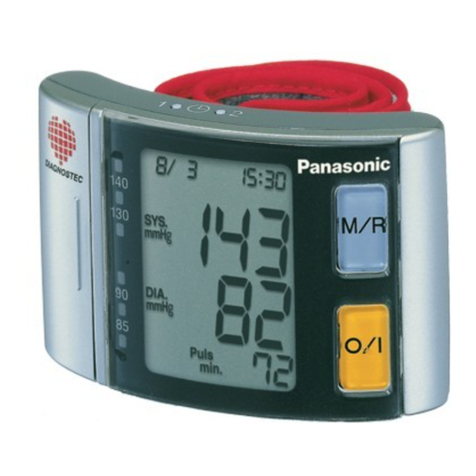
Panasonic
Panasonic EW3036

Panasonic
Panasonic EW-3109 User manual

Panasonic
Panasonic ew3106w - Upper Arm BP Monitor User manual
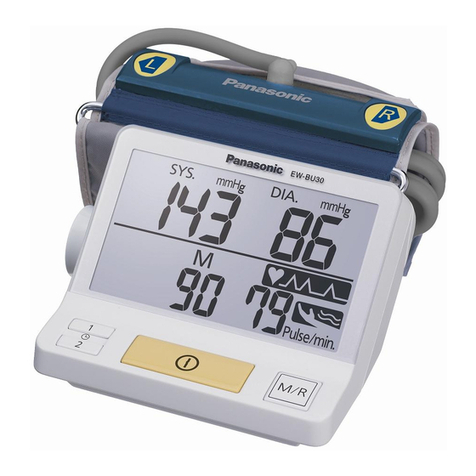
Panasonic
Panasonic EW-BU30 User manual

Panasonic
Panasonic EW-3106 User manual

Panasonic
Panasonic EW-3152 User manual

Panasonic
Panasonic EW3038 User manual
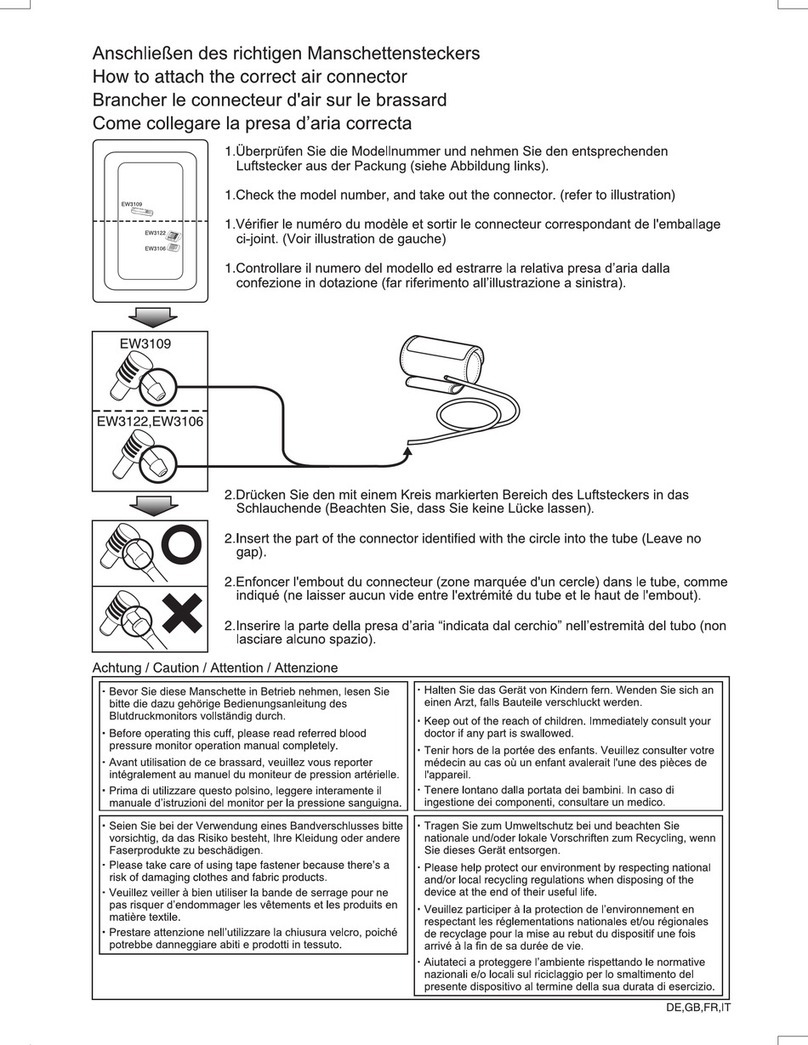
Panasonic
Panasonic EW3901H Owner's manual
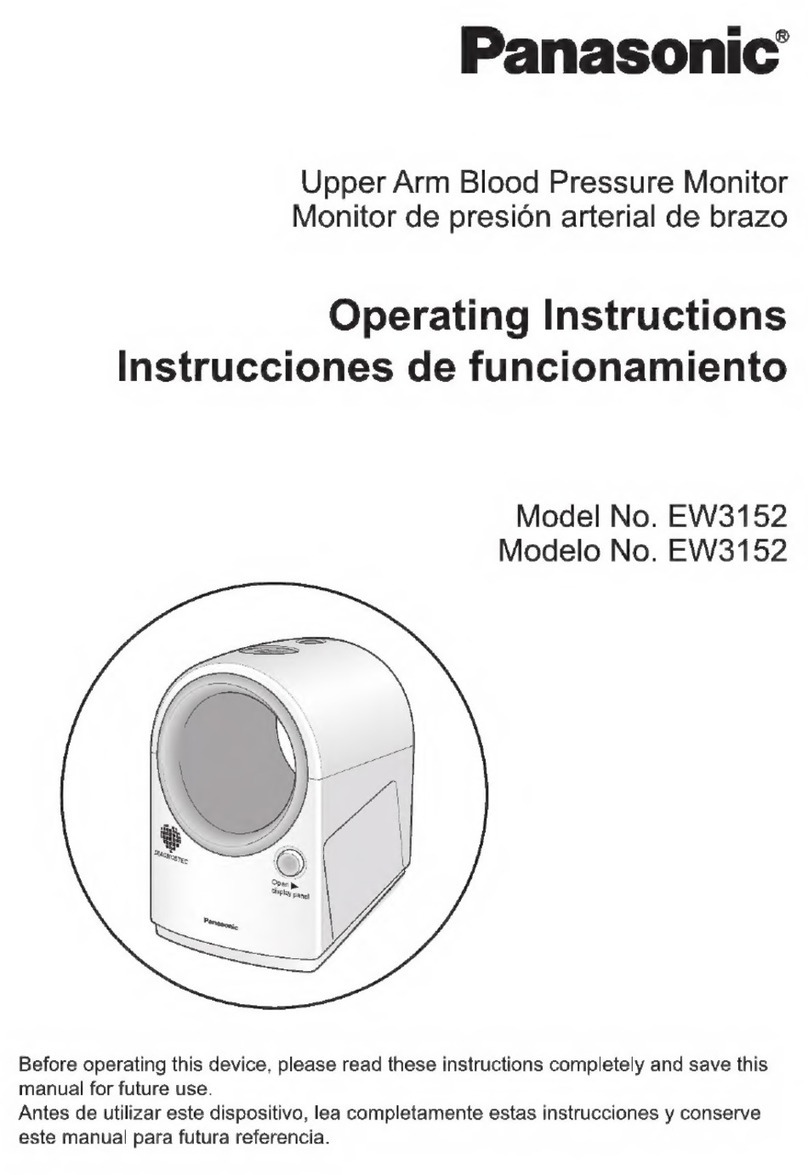
Panasonic
Panasonic EW-3152 User manual

